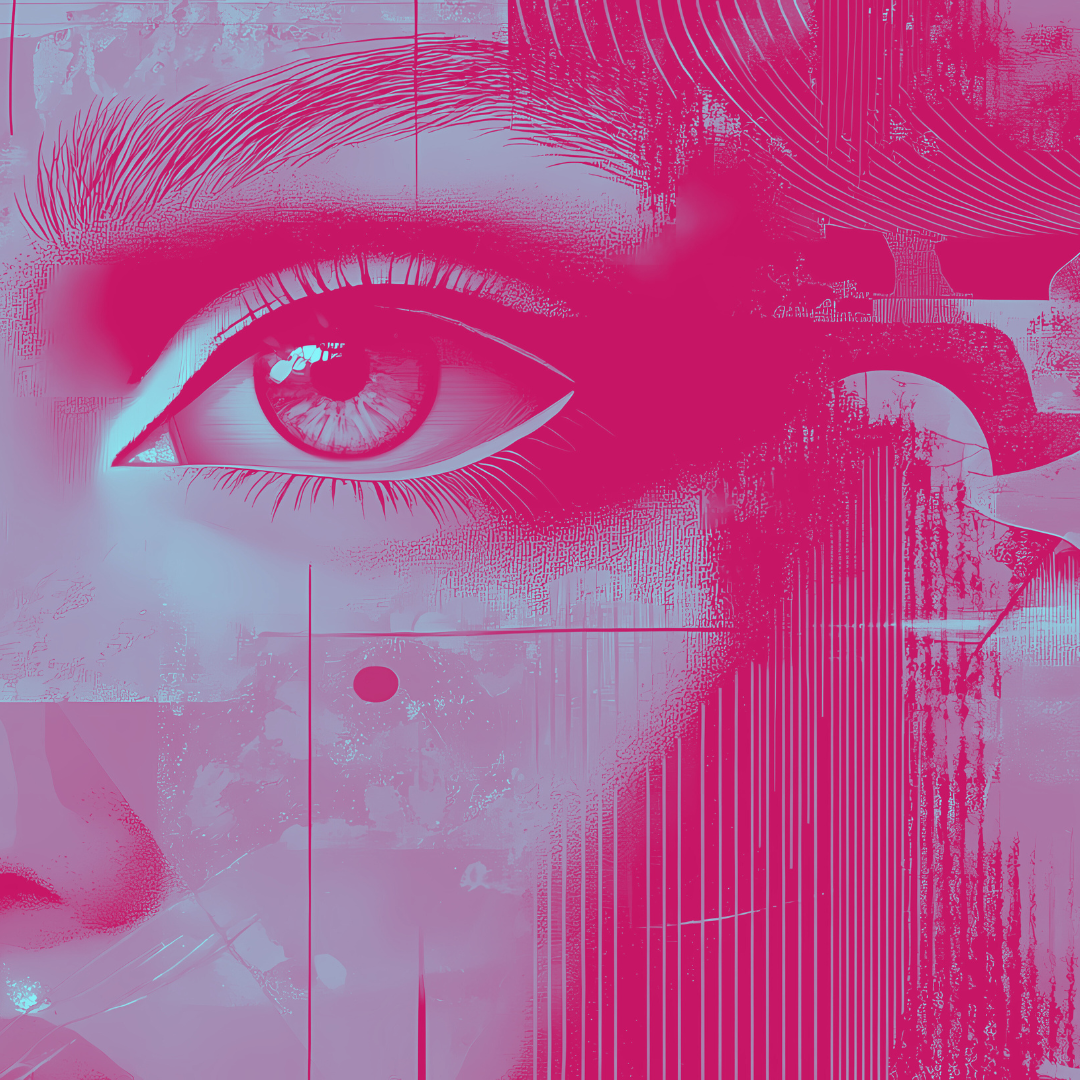Welcome to our new blog series, The Future is Now: AI & Experiential Evolution. At POP Experiential, we thrive on innovation and pioneering ideas, and this series is designed to explore how Artificial Intelligence is reshaping the world of experiential marketing. Our goal is to inspire, inform, and ignite your imagination with thought-provoking insights and cutting-edge applications of AI in creating unforgettable brand experiences. From hyper-personalized activations to predictive analytics, we’ll dive deep into the tools and trends transforming our industry. Buckle up for a journey into the future—because it’s already here.
Artificial Intelligence is no longer a far-off dream from science fiction. It’s here, thriving, and transforming the experiential marketing world faster than you can say “personalized activation.” Gone are the days of generic campaigns—today’s consumers demand connection, relevance, and experiences that feel uniquely tailored to them. AI is not just a support tool; it’s revolutionizing how we create and deliver brand experiences. Let’s take a closer look at how this transformation unfolds and what it means for the future of experiential marketing.
In its early days, experiential marketing was about big, splashy activations: pop-ups, product demos, and well-placed celebrity endorsements. But as the industry evolved, so did consumer expectations. With content everywhere, brands now need to stand out by offering experiences that resonate deeply with their audiences. AI is the key to unlocking this new level of connection. By analyzing vast amounts of data, predicting behavior, and optimizing interactions in real time, AI enables marketers to deliver experiences that truly matter.
How AI is Changing the Experiential Game
Imagine walking into an event and feeling like every detail was designed just for you. The lighting shifts to your favorite colors, the music echoes your most-played playlists, and the cocktail menu features drinks you didn’t even know you’d love. This is the power of data-driven personalization, one of the most exciting ways AI is transforming experiential marketing. By leveraging information from social media, purchase history, and even geolocation, AI can craft hyper-personalized moments that make every attendee feel like a VIP. Brands like Netflix and Spotify have mastered this level of personalization in the digital realm, and now it’s becoming a staple of physical events.
But personalization is just the beginning. AI also excels in predictive analytics, enabling brands to anticipate what consumers want before they even realize it themselves. This goes beyond guessing—AI uses past behaviors to forecast future actions, allowing marketers to design activations that align perfectly with audience desires. Picture a fashion show where AI predicts trending styles based on real-time audience preferences or a product launch that tailors its messaging on the fly. The days of one-size-fits-all campaigns are over; the future belongs to those who know what their audiences need before they ask for it.
Another game-changer is the fusion of AI with extended reality (XR) technologies like augmented reality (AR) and virtual reality (VR). These tools create immersive environments, but when paired with AI, they become truly dynamic. For example, an AR pop-up store could adapt its layout based on foot traffic patterns, while a VR demo might change its narrative path based on user reactions. This combination of AI and XR is already making waves in flagship experiences like Nike’s House of Innovation, where AR mirrors and AI-powered shopping assistants blur the lines between the physical and digital worlds.
Real-time optimization is yet another advantage AI brings to experiential marketing. In the past, marketers relied on post-event surveys to understand what worked and what didn’t. Today, AI can monitor engagement as it happens, using sensors, cameras, and sentiment analysis tools to read the room. Is the crowd loving a keynote speaker? Extend their stage time. Are people avoiding a specific activation? Adjust the messaging or incentives on the spot. Brands like Coca-Cola have already tested this concept with real-time ad variations, and the potential for live events is staggering.
AI’s influence doesn’t stop there. Digital ambassadors powered by AI are enhancing human connection at events. These chatbots and virtual concierges can provide information, offer personalized recommendations, and ensure seamless attendee journeys. For instance, at SXSW, an AI bot named “Kai” guided attendees to sessions based on their interests, maximizing their event experience. As these tools become more sophisticated, they will undoubtedly become essential components of experiential marketing.
Innovative Ideas for AI-Driven Experiences
The possibilities for AI-driven activations are as exciting as they are endless. Imagine an event space that adapts to the collective mood of attendees. A happy crowd triggers bright colors and upbeat music, while a more serious atmosphere prompts calming tones and softer lighting. Or consider AI-powered treasure hunts that use geolocation and machine learning to create personalized challenges and rewards. Voice-activated installations could allow attendees to interact with panels or brand ambassadors hands-free, creating effortless engagement.
What This Means for the Future
AI isn’t just a tool; it’s a game-changer that allows brands to be smarter, faster, and more connected than ever. The future of experiential marketing is about crafting experiences that feel personal, intuitive, and impactful—and AI is the engine driving this transformation. As we embrace this new era, one thing is clear: the best experiences won’t just happen; they’ll be intentionally designed using the power of AI.
Far from replacing creativity, AI amplifies it. It empowers marketers to dream big while handling the heavy lifting behind the scenes. The question isn’t whether you’re ready for AI—it’s whether AI is ready for how boldly you’re going to use it.



